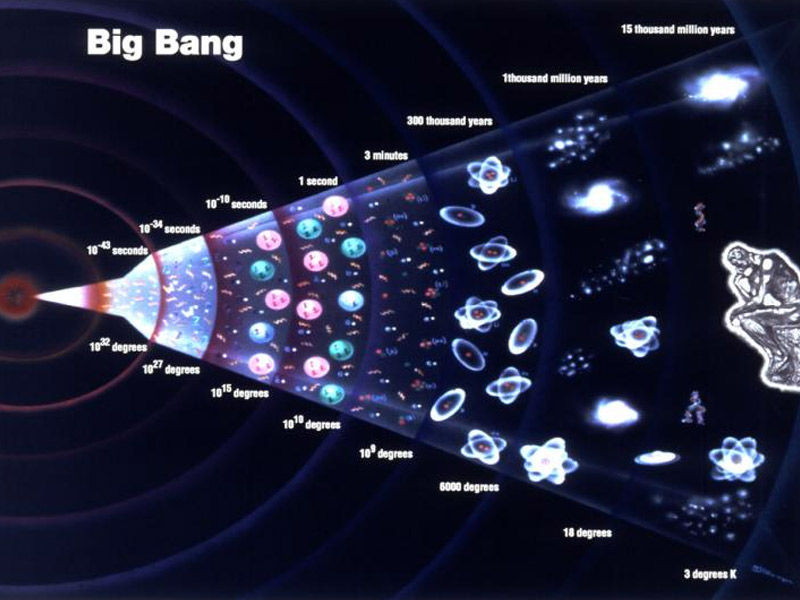Dark energy is the name of a mysterious force that accelerates the expansion of our universe over time, rather than slowing it down. This is the opposite of what is expected in the universe that began with the Big Bang. Astronomers of the 20th century learned that the universe is expanding. They thought that the expansion would last forever, or ultimately, if the universe had enough mass, and thus enough gravity, it could reverse itself and cause the Big Crunch.
Now, in cosmology, that idea developed at the beginning of the 21st century. Dark Energy makes up 72% of the overall mass-electricity density of the universe. The different dominant contributor is Dark Matter, and a small quantity is because of atoms or baryonic matter. Today, space is expanding more rapidly than it was billions of years ago. What can increase the magnification? Astronomers are now talking about repulsion as a way to understand this.

The term “dark energy” is based on Fritz Zwicky’s “dark matter” in the 1930s and was coined by Michael Turner in 1998. It measures light from an exploding star called a Type IA supernova, known as a “standard light source” because of its constant brightness. Since the 1990s, dark energy has been the most widely used premise for explaining accelerated expansion. As of 2021, there is an active field of cosmological research aimed at understanding the basic properties of dark energy.
Astronomers have noticed that our universe has grown for about a century. Telescope observations prove that the largest galaxies are far apart, suggesting that galaxies in the distant past were collectively close. As a result, evidence of the Big Bang has accumulated. However, astronomers have hypothesized that the mixed gravitational pull of all the stars and galaxies in the universe is the reason for slowing down the growth of the universe. One day, it may collapse again with a big crunch.
That perception was abandoned in the late 1990s when a group of astronomers noticed something that didn’t make sense. Researchers analyzing supernovae in the farthest galaxies have observed that distant galaxies move away from us faster than nearby galaxies. Not only was the universe growing, but growth increased rapidly.
Also Read, Oxygen on Moon: Here is How you Can breathe on Moon…
How is dark energy different from dark matter?
Dark matter acts like gravitational force, which is the form of cosmic cement in the universe that connects our universe, on the other hand, is antigravity, a kind of antigravity, which makes the expansion of the universe faster than ever. Dark energy accounts for up to 72% of the total mass flow density, so the remaining 28% is composed of dark matter.
In short, dark matter slows the expansion of the universe, and dark energy accelerates it.
To add to the enigma, the qualities of this mysterious dark energy appear to match Einstein’s cosmological constant, often known as his fudge factor, and subsequently labelled by Einstein as his biggest professional failure. Einstein despised the concept of an expanding cosmos, preferring the static one proposed by steady-state cosmology in the early twentieth century. He created an undefined anti-gravity force to offset the observable expansion of the cosmos, resulting in a non-expanding universe.

However, Einstein eventually withdrew this theory since it was not confirmed by evidence. One of the major unanswered mysteries of cosmology is dark energy. It is currently considered accounting for 68 percent of everything in the universe, with conventional, so-called “baryonic” matter – all the matter we can see–accounting for just 5 percent and the rest made up of dark matter, another enormous cosmic mystery.
Dark energy physics is very speculative. One current popular notion is that dark energy is similar to a force known as “quintessence,” which is connected to the Higgs Field. However, there is no observational data to support or disprove this at the moment. Cosmologists are also unsure whether dark energy will continue to accelerate the universe’s expansion indefinitely, potentially leading to a scenario in the far future where the acceleration will overcome the forces that hold the universe together and literally tear all matter in the cosmos apart, a nightmare scenario known as the Big Rip.
It is anticipated that we will soon have a better grasp of this enigmatic force that is influencing the destiny of the universe, but in order to do so, we must first sketch out a considerably more thorough history of the universe. However, 13.7 billion years of archaeology is exceedingly difficult and time-consuming, with so many old layers in that history missing or hazy, so we cannot expect any immediate surprises.

The bottom line is that the cosmos is expanding faster than previous theories projected. One of cosmology’s biggest unresolved mysteries, dark energy, may be responsible for the universe’s accelerated expansion. Dark energy is currently considered accounting for 68 percent of all matter in the cosmos.


























